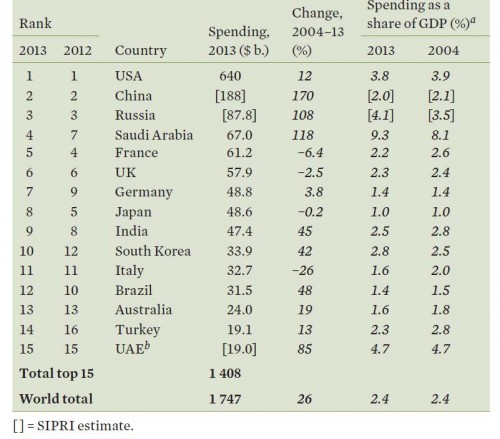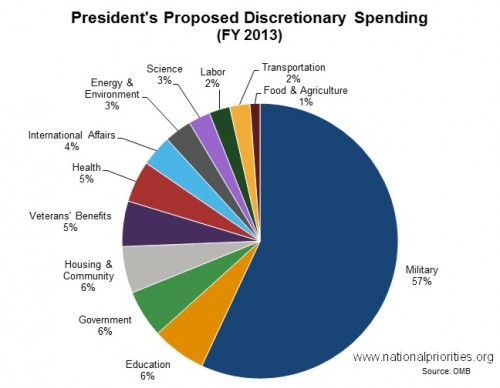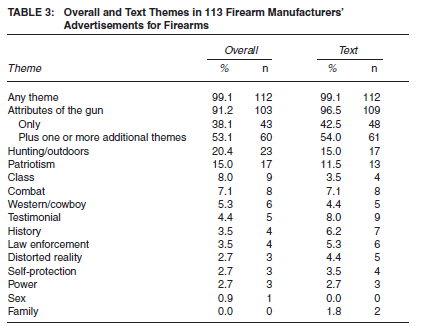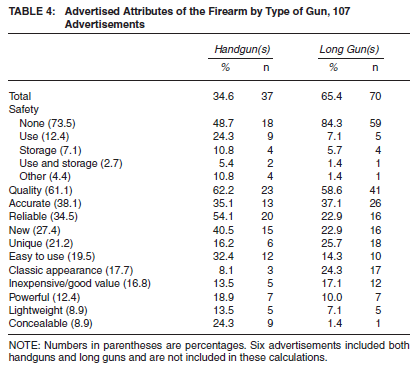According to the Stockholm International Peace Institute, the United States remains the world’s top military spender. In fact, U.S. military spending equals the combined military spending of the next ten countries. And most of those are U.S. allies.
Although declining in real terms, the U.S. military budget remains substantial and a huge drain on our public resources. As the following chart shows, military spending absorbs 57% of our federal discretionary budget.
Notice that many so-called non-military discretionary budget categories also include military related spending. For example: Veteran’s Benefits, International Affairs, Energy and the Environment, and Science. We certainly seem focused on a certain kind of security.
Martin Hart-Landsberg is a professor of economics at Lewis and Clark College. You can follow him at Reports from the Economic Front.










